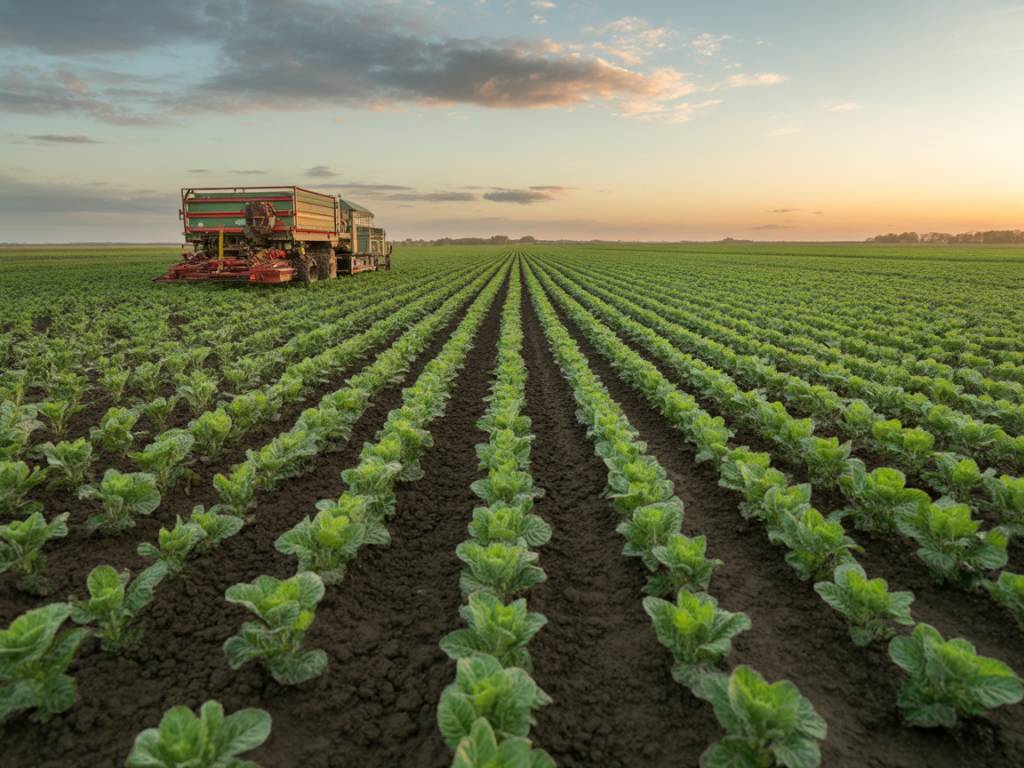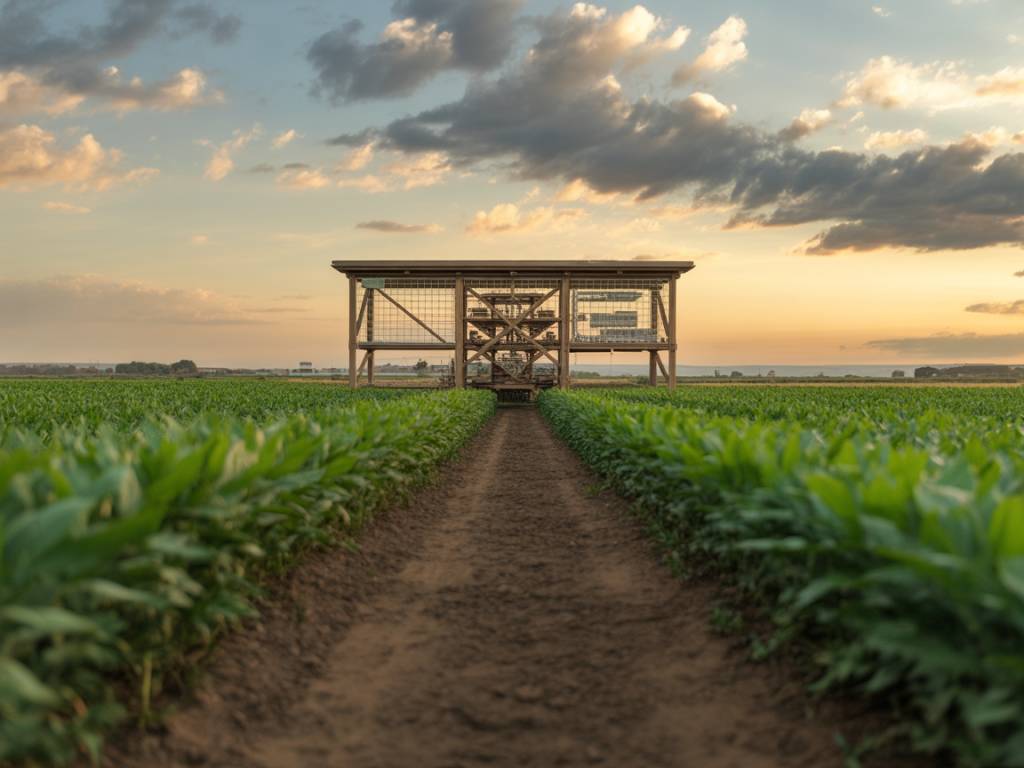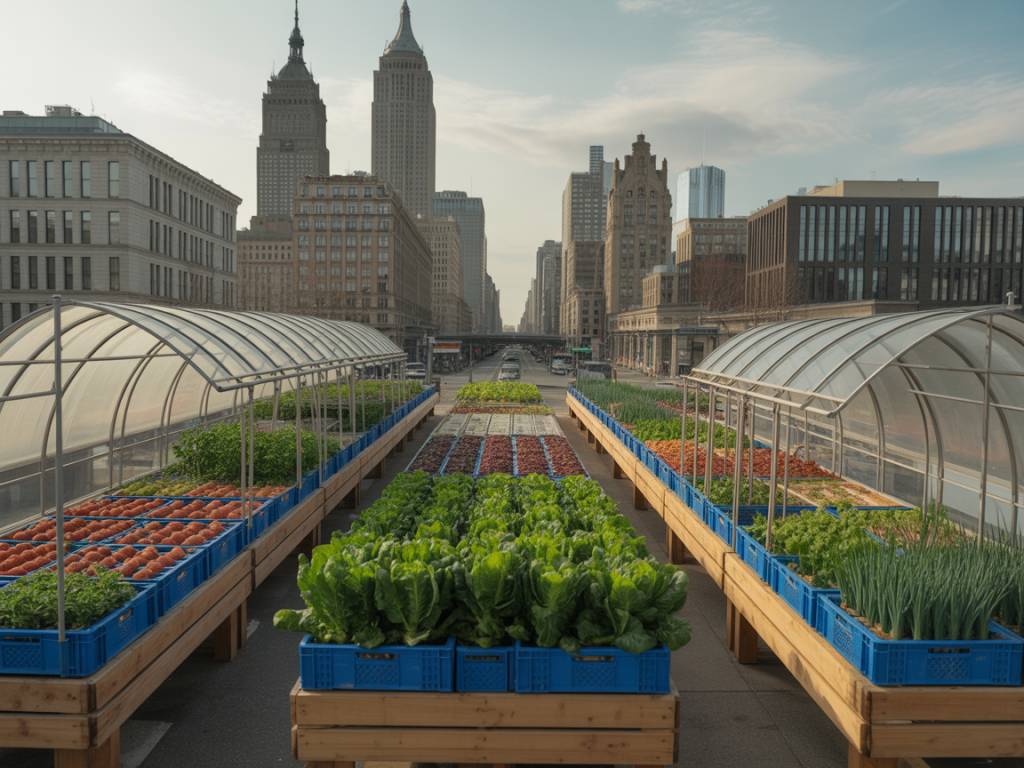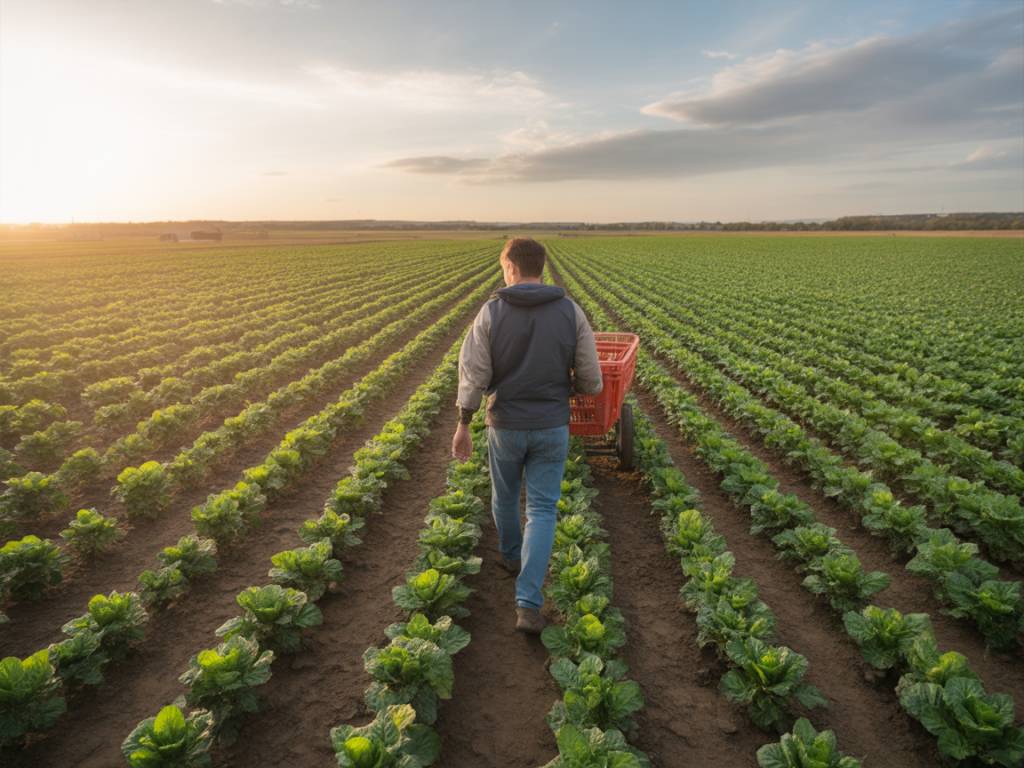As global pressures mount on agricultural production, the UK faces a clear challenge: ensuring food security in an era of climate change, population growth, and fluctuating international supply chains. Precision agriculture, or smart farming, is stepping up as a practical solution. Combining technology, data, and real-time decision-making, this approach is revolutionising British farming – not in theory, but right in the fields of Lincolnshire, Suffolk, and beyond.
Why Food Security Is Becoming a Strategic Priority for the UK
The UK imports around 46% of its food, according to a 2023 DEFRA briefing. This dependency exposes the country to global shocks—such as the COVID-19 pandemic, the war in Ukraine, or Brexit-induced trade frictions. When wheat prices spiked by 78% in early 2022 and fresh produce availability dwindled in UK supermarkets in 2023 due to import delays, policymakers were reminded of a painful truth: domestic production isn’t just a rural issue, it’s a national one.
That’s where precision agriculture enters the scene—not as a buzzword, but as a toolkit with concrete benefits for farmers aiming to do more with less, while boosting the resilience of the UK’s agri-food system.
Precision Agriculture Defined: More Than Just Drones and Sensors
The term ‘precision agriculture’ is often misunderstood. Yes, it involves advanced technologies, but its core goal is simple: optimise the decision-making process in crop and livestock management to increase yield, reduce waste, and improve sustainability.
Key components include:
- GPS-guided equipment: Tractors and seeders that follow centimetre-accurate paths, reducing overlaps in fertiliser and pesticide use.
- Remote sensing: Drones and satellite imagery monitor plant health, pest infestations, and drought stress in real time.
- Soil monitoring: IoT-enabled sensors give farmers detailed feedback on moisture and nutrient levels.
- Data analytics platforms: AI-driven tools process all inputs—weather forecasts, yield data, supply prices—to inform decisions.
The integration of these technologies creates a data loop that enables British farmers to shift from reactive actions to predictive ones. And that’s a game-changer for food security.
From Norfolk to Yorkshire: Real-World Examples of Smart Farming at Work
Take G’s Fresh, a Cambridgeshire-based salad producer. With thousands of hectares under management, G’s faced the challenge of reducing operational waste while enhancing yield. By deploying drone imagery and AI software, they detected growth anomalies two weeks earlier than traditional techniques would allow—allowing for targeted interventions before damage spread.
Further north, in Yorkshire, a mid-sized barley farm integrated automated seeding and variable-rate fertiliser application. The result? A 17% increase in usable crop yield and 22% reduction in nitrogen use over two seasons. For both farm economics and environmental compliance, that’s a win-win.
These innovations aren’t reserved for vast estates. Agri-tech company Small Robot Company works with farms averaging just 40 hectares, offering a robotic trio—Tom, Dick, and Harry—for crop monitoring, precision weeding, and planting. Their approach reduces inputs, protects soil health, and supports smaller producers’ profitability.
Boosting Resilience in the Face of Climate Volatility
In agriculture, time is often the difference between a bumper harvest and a failed crop. Real-time environmental insights offered by precision tools equip farmers to act faster. For example, intelligent irrigation systems—linked to real-time weather and soil data—can prevent overwatering, conserve resources during droughts, and stabilise crop output.
One particularly telling example comes from the Wessex Water catchment partnership, where precision nutrient management tools led to a 35% reduction in phosphorus runoff, preserving not only farms’ productivity but downstream ecosystems as well.
By adopting these tools, UK agriculture strengthens its buffer against erratic rainfall, new pest patterns, and soil degradation—factors that are becoming increasingly unpredictable. When agriculture adapts, the nation’s food supply becomes more resilient.
The Labour Challenge and the Mechanisation Dividend
Post-Brexit immigration constraints and an aging farming workforce have left many UK farms struggling with recruitment. Precision agriculture provides part of the answer through automation and data-driven labour planning.
Autonomous tractors, sensor-driven irrigation, and AI-based pest control systems are reducing reliance on manual tasks. In Kent, for instance, a berry farm reduced seasonal headcount by 28% after investing in AI-enabled harvest forecasting and irrigation optimisation, reallocating labour to higher-value tasks like quality control and packaging.
This is not about replacing humans wholesale. Rather, it’s about using tech to augment labour capacity and redirect effort toward where it matters most—especially as global competition drives demand for consistent, high-quality output.
Tech Transfer and the Role of Government Support
In 2021, the UK government launched the Farming Innovation Programme, with £270 million earmarked to support R&D and adoption of agri-tech solutions. While uptake among large operations has been swift, access for smaller farms remains fragmented.
One farm advisor in Lincolnshire put it plainly during a recent DEFRA survey: “There’s appetite, but most farmers aren’t tech experts. They need not just the tools but support to use them properly.” That’s why knowledge exchange programs—such as those run by Agri-EPI Centre and NIAB—are becoming just as important as the tools themselves.
Bridging the digital agriculture divide isn’t optional if the UK wants equitable productivity gains across regions and farm sizes. Incentives already in place are a good start, but targeted training and on-farm demos will be key accelerators in the coming years.
Challenges Ahead: Connectivity, Data Ownership, and ROI Uncertainty
Despite the promise, several structural challenges still hamper a wider rollout:
- Connectivity: Rural broadband remains uneven in large parts of Wales, Scotland, and North East England, impeding real-time data use and cloud-based analytics.
- Data sovereignty: With large agritech players managing farmers’ data, questions arise over access, ownership, and privacy. Transparency in this space remains a work in progress.
- Capital investment: For many smaller farms, the upfront cost of drones, sensors, and software platforms is hard to justify without clear, short-term returns.
Yet the trajectory of precision farming points upward. Greater competition across suppliers is driving prices down and easing access. Meanwhile, industry partnerships—such as Morrisons’ collaboration with digital soil mapping start-ups—are helping retailers support upstream resilience, aligning with their ESG commitments.
What’s Next for UK Precision Agriculture?
Look to 2025, and several trends are shaping up:
- Consolidation of fragmented data platforms into unified dashboards tailored to farmers’ daily workflows.
- AI models becoming more accurate and user-friendly, requiring less technical input to generate actionable insights.
- Growth of outcome-based financing, where banks or insurers support agri-tech investments tied to measurable productivity or sustainability improvements.
Additionally, major food processors and retailers are beginning to condition supplier contracts on sustainability metrics—metrics often best captured through precision tools. This isn’t just about growing more food; it’s about producing it predictably, sustainably, and competitively.
And for a country seeking to feed itself under tighter constraints, that precision could make all the difference.




